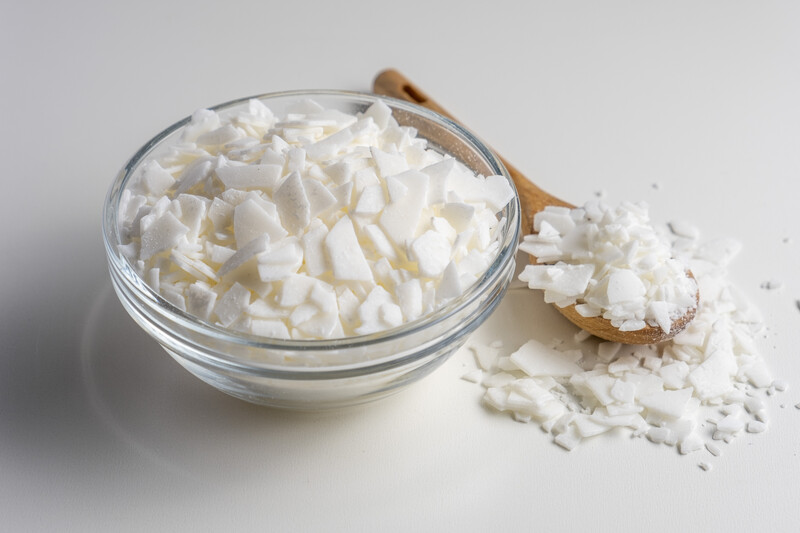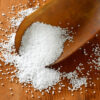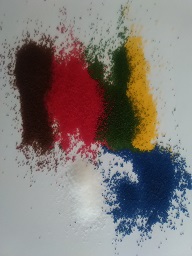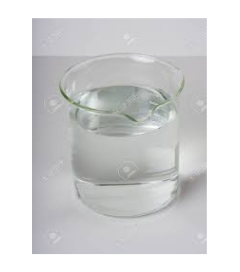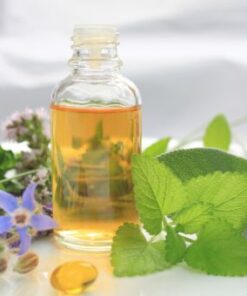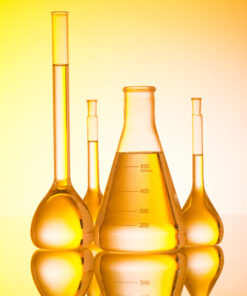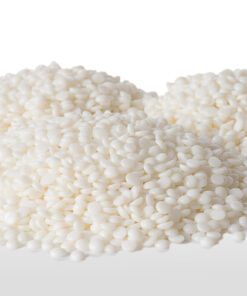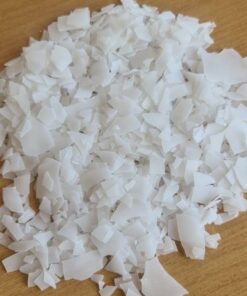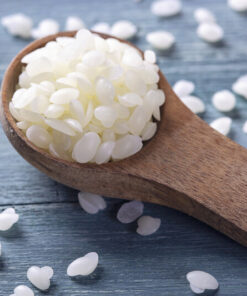Emulsifying Wax (Ginowax) – 500g
R173,00
Emulsifying Wax (Ginowax) – 500g – It is a type of wax that helps blend together oil and water, creating stable and homogenous mixtures.
11 in stock
Emulsifying Wax (Ginowax) – 500g
Emulsifying Wax (Ginowax) is a versatile and essential ingredient in skincare and cosmetic formulations. It plays a key role in creating stable emulsions, allowing oil and water to blend seamlessly. By using this emulsifying wax, formulators can create smooth, creamy, and luxurious textures in products like creams, lotions, and body butters. It is compatible with a wide variety of ingredients, making it a popular choice in both water-in-oil and oil-in-water formulations.
Key Properties and Uses:
-
Emulsification: Emulsifying wax acts as a surfactant. It reduces surface tension between oil and water, allowing them to mix and form a stable emulsion.
-
Stability: This ingredient stabilizes emulsions. It prevents the oil and water phases from separating over time, ensuring long-lasting formulations.
-
Texture: Emulsifying wax improves texture and consistency. It helps create smooth, creamy formulations that are easy to apply.
-
Versatility: You can use emulsifying wax in many products, including creams, lotions, body butters, serums, and other water-in-oil or oil-in-water emulsions.
-
Customizable: Adjust the amount and type of emulsifying wax in formulations. This flexibility allows you to create different textures and viscosities, giving you control over thickness and feel.
-
Compatibility: Emulsifying wax works well with oils, butters, and water-based ingredients. This compatibility makes it a perfect choice for a wide range of skincare and cosmetic products.
Types of Emulsifying Wax:
Emulsifying wax can be derived from various sources, both natural and synthetic. Some common types include:
- Cetearyl Alcohol and Ceteareth-20: This blend of fatty alcohols and etherified fatty alcohols typically comes from coconut or palm oil.
- Beeswax and Borax: A natural emulsifier combination used in certain formulations.
- Polysorbate 80: A synthetic emulsifier derived from sorbitol and oleic acid.
Usage Notes:
Formulators select emulsifying waxes based on their specific needs. Always check ingredient lists for potential allergens or sensitivities before using any new skincare product. Perform a patch test to ensure compatibility with your skin.
| Weight | 0,590 kg |
|---|---|
| Dimensions | 15 × 15 × 15 cm |

